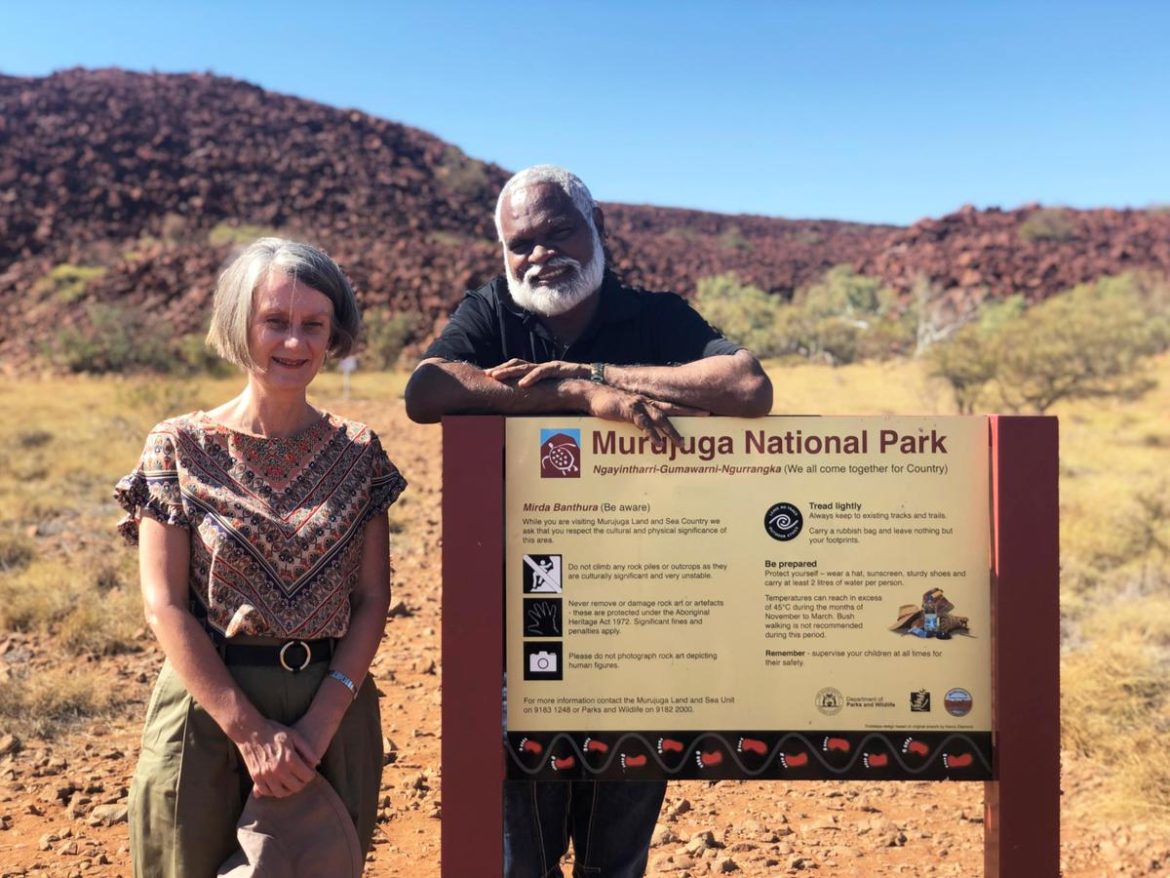“The rocks are ancient beings,” Alec said. “My job as a steward is to share our stories and spread awareness in a way that allows people to feel and understand the power of this place.”
Power machinations between the oil industry and the people of Australia
On the far west coast of Australia, near a dry peninsula of red rocks separated by a dusty highway, live two communities with contrasting riches bound together by an ancient landscape.
One of these is Karratha, a small town adjacent to the port of Dampier. Karratha was established in 1968 to accommodate the mining company's processing and export workers. North West Shelf Venturewho wanted to mine vast reserves of iron ore, oil and natural gas.

The second is Roebourne, a former gold rush town where the peninsula's indigenous people settled after being driven from their territory by colonialists in the mid-19th century.

For years, reports have portrayed Roebourne as “a bad town where everyone drinks, smokes and can’t take care of their children,” says Josie Alec, a proud descendant of the Kuruma-Marthudunera people who raised her four children there.
But what he really means is that it is a deeply resilient community made up of families like his, whose ancestors have overseen “Murujugu” – the indigenous name for the peninsula – for generations, keeping cultural traditions alive.

For descendants of First Nations people, Murujuga is the birthplace of songs and creation stories, explaining the laws of nature, which are told through more than a million rock carvings scattered across its wastelands, deserts, and nearby islands.
These irreplaceable petroglyphs are 10 times older than the Egyptian pyramids and depict early human civilization, but some Australians fear they could be destroyed by pollution from one of the largest fossil fuel projects in history.
Woodside Energy Group Ltd
Woodside Energy, the company behind the project, plans to drill 12 subsea wells and extract millions of tonnes of gas from the Scarborough field in the Indian Ocean, mainly for export to North Asia. Not only are there widespread concerns about the enormous greenhouse gas emissions the project would produce over its lifetime, but there are also concerns that industrial pollution from its processing plants could erode the Murujuga petroglyphs, which depict extinct animal and plant species as well as some of the oldest known depictions of the human face.

Concerns over the heritage of the Murujuga rock carvings
Murujuga is home to rock art dating back more than 40,000 years. Experts say industrial pollution, including the expansion of the Woodside natural gas project from the Scarborough field, threatens to erode the rock carvings.
In its defence, Woodside claims the impacts of its expansion have been “thoroughly reviewed” by environmental regulators and says the project is supported by the state government’s Murujuga Aboriginal Corporation (MAC) program.
The MAC is a statutory Aboriginal body tasked with advising government and societies on the cultural implications of development on the peninsula.
Although MAC does not receive royalties from gas extraction, critics say it is not doing enough to oppose Woodside's plans because it is constrained by long-term agreements and its reliance on industry for funding has caused frustration and resentment among other community members, who say it is not doing enough to protect ancestral treasures. Murujugy.
Mining landscape
Murujuga is part of Australia's Pilbara region, a sparsely populated area twice the size of the United Kingdom, known for its ancient landscapes, dry red deserts and vast mineral resources.
For white settlers, it was always mining country.
The promise of gold and pearls brought colonists to the Pilbara in the 1880s, but today companies are more interested in its iron ore, oil and gas reserves.
Resources extracted from the region have fueled Australia's economy and helped create some of the world's largest mining and energy multinationals. But a relatively small portion of the overall revenue has filtered back to First Nations people, many of whom say their lands have been mined and sacred sites destroyed.
And it's still happening...

